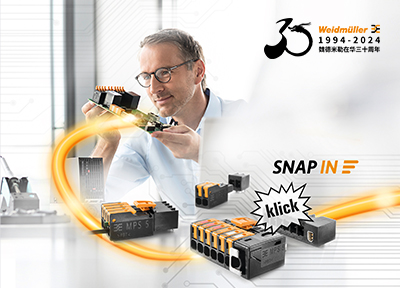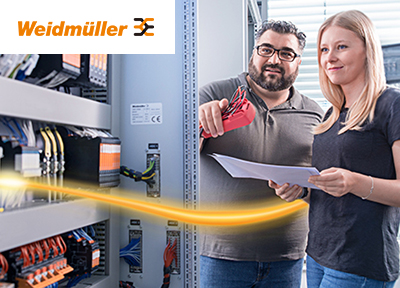This kind of remote monitoring is still in its infancy, but will continue to grow as companies replace older equipment with new, more efficient equipment that can be monitored remotely. It's part of what IBM has called "building a smarter planet." But what if your equipment is not in a fixed location? Or what if you want to measure the condition of a remote environment? You can't simply plug in Ethernet cable. That's where wireless sensors come in.

Wireless sensors allow companies to deploy data-capture devices in remote areas, or on mobile assets or machines, to capture information cost-effectively and use it to improve efficiencies and save money. Take the Merion Golf Club, located in Ardmore, Penn. A New York Times article about the club (see On Golf Courses, Sensors Help Save Water said that Matt Shaffer, Merion's director of golf operationswww.cechina.cn, was already known for conserving waterCONTROL ENGINEERING China版权所有, but wound up using far less after deploying subterranean wireless sensors that constantly monitor moisture控制工程网版权所有, temperature and salinity in the soil, then transmit the data to a software network that can be accessed from a laptop, handheld device or desktop computer.
"Well, what I thought was dry isn't even my baseline," the Times quoted Shaffer as saying. "These sensors are just so much more sensitive控制工程网版权所有, so much better, so much more complete. I am no


 在线会议
在线会议 论坛
论坛 专题
专题 工控直播
工控直播 新闻中心
新闻中心 子站
子站 技术
技术 社区
社区



 IDEC HR8S系列新一代安全继电器有奖试用活动
IDEC HR8S系列新一代安全继电器有奖试用活动 2025(第二十一届)年度最佳产品奖有奖投票中
2025(第二十一届)年度最佳产品奖有奖投票中 AVEVA剑维软件食品饮料行业白皮书有奖下载
AVEVA剑维软件食品饮料行业白皮书有奖下载 立即有奖下载TE重载连接器选型指南
立即有奖下载TE重载连接器选型指南 2025(第十四届)全球自动化和制造主题峰会
2025(第十四届)全球自动化和制造主题峰会




























